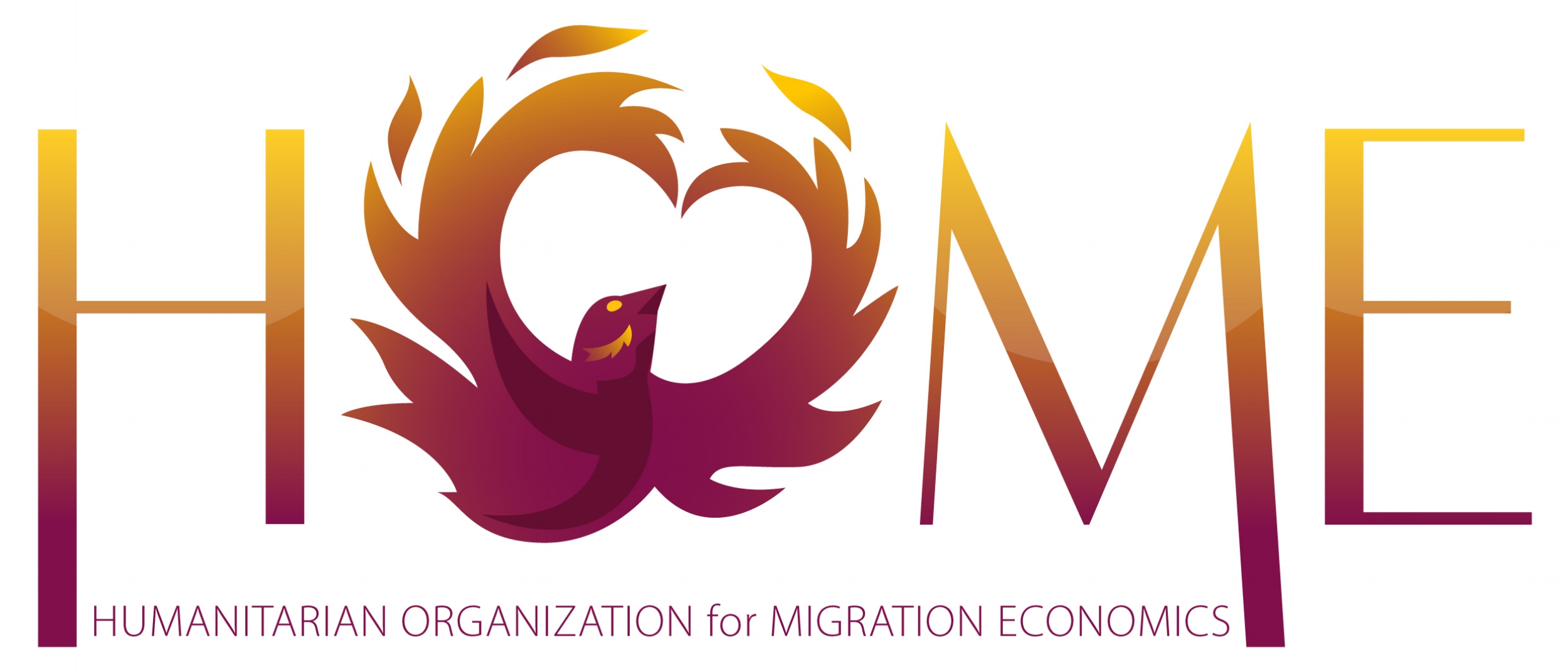World Day Against Trafficking In Persons Statement 2018: Rights-Based Approach to Victim Protection
29 July 2018
The US State Department released its annual Trafficking in Persons report in June 2018, in which Singapore was given a Tier 2 ranking. [1] Even though the government has taken steps to tackle the problem, there is significant scope for improvement in terms of meeting international standards.
Migrant workers in Singapore continue to experience exploitative and coercive conditions strongly indicative of trafficking for forced labour, including deceptive recruitment practices. However, there has yet to be a conviction of any labour trafficker under the trafficking law, including cases of domestic servitude.
Victim identification processes could be further strengthened, with greater transparency in how key terms and concepts are operationalized and applied. This includes terms such as ‘forced labour’ and ‘exploitation’. Definitions of terms such as ‘abuse of vulnerability’, ‘coercion’, and ‘deception’ differ in crucial ways from the United Nations’ Model Law against Trafficking in Persons.
Popular characterizations of the ‘perfect victim’—a woman chained up in a room and forced into sexual slavery—need to be dispelled. Reality is much more complicated. Psychological coercion, deception about the nature and conditions of work, crippling recruitment debts and a policy that forbids switching employers are some of the factors that contribute to a trafficking situation. However, the Act does not reflect this complexity.
Successful identification and prosecution of trafficking cases depends on the provision of comprehensive victim support, but Singapore’s Prevention of Human Trafficking Act currently falls short in certain areas. For instance, the right to shelter is not guaranteed to adult trafficked victims, nor is the right to work, and the provision of medical services. Those who become undocumented or have violated work pass regulations while in a trafficked situation are also not protected against prosecution. These limitations discourage trafficked victims from cooperating with the authorities.
HOME urges the Taskforce to strengthen its victim assistance programme in Singapore and also involve different stakeholders, including CSOs, in dialogues for strengthening the victim identification processes. A human rights framework on forced labour and trafficking is essential, and would direct us to look at the spectrum of exploitation and the structural conditions that give rise to endemic exploitation. HOME is in the midst of finalising a report that centres around specific cases of forced labour and will analyse some of these structural realities and the cumulative factors that create exploitative situations for domestic workers.
[1] US Department of State, Trafficking in Persons Report 2018, June 2018, https://www.state.gov/j/tip/rls/tiprpt/2018/ (accessed July 28, 2018).

